3 questions about eating insects
Date:2019-05-19Views:887
Is it insect food?
When you click on this website, this may be the first question you think about: Are insects food?
We always thought they were dirty and annoying creatures. When we found them, the last thing we wanted was to hold them in our mouth. This is because insects are not food. In exactly the same way, we will neither see a cow grazing, nor bite, nor take out a carrot from the ground and taste it directly.
Food needs to be prepared to become real food: washed, peeled, cooked --- that's what's called food processing. Insects are cultured according to precise hygienic guidelines and then dried, baked or ground for their purposes; therefore, they become insect-based ingredients for the preparation of delicious food.
What tastes a little bit?
All insects have different tastes, depending on the preparation.
Anyway, ants and termites have a sweet, almost nutty taste, while dark beetles taste like whole wheat bread. Wood-destroying beetle larvae look like sebum, crickets and locusts taste like walnuts on the fat chest. Dragonfly larvae and other aquatic insects taste like fish. Mushroom like cockroaches. Stripe shields taste like apples, wasps like pine seeds, hairy panels like raw corn, hairy aphids like herring.
If you think you deserve some snacks, mealworms are like fried potatoes, boatmen's eggs seem like caviar, breadworms taste like popcorn, and buffalo worms like bacon. It doesn't seem bad, does it?
Why do we bring insects into our diet?
They are special and untapped (from the Western world! Nutritional sources can be used to prepare delicious food.
Their production is also very sustainable: most other protein foods cause a lot of damage to our environment, on the contrary, insects can help save valuable resources on Earth.
At 21 Bites, we will provide you with small, easy-to-digest information about insect nutritional characteristics. Keep it up to date!
* J. Ramos-Elorduy, Creepy Crawly Cuisine: Food Guide for Edible Insects, Park Street Press, South Paris, 1998.
 Precautions for eating vegetables and drinking honey in autumn
Precautions for eating vegetables and drinking honey in autumn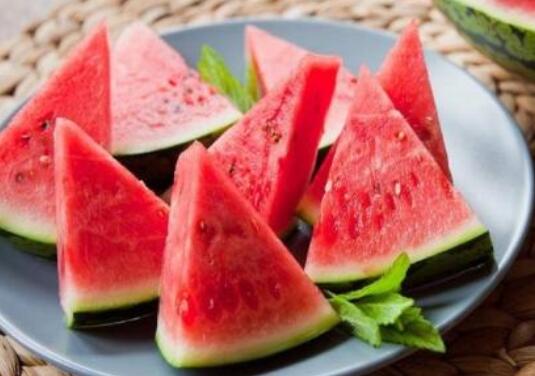 It’s important to dress in summer.
It’s important to dress in summer.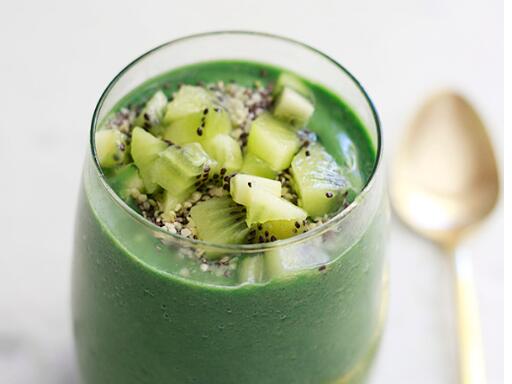 How to choose a shampoo
How to choose a shampoo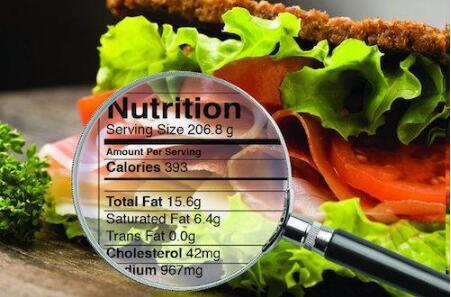 These parts are very cold and must be kept warm in winter
These parts are very cold and must be kept warm in winter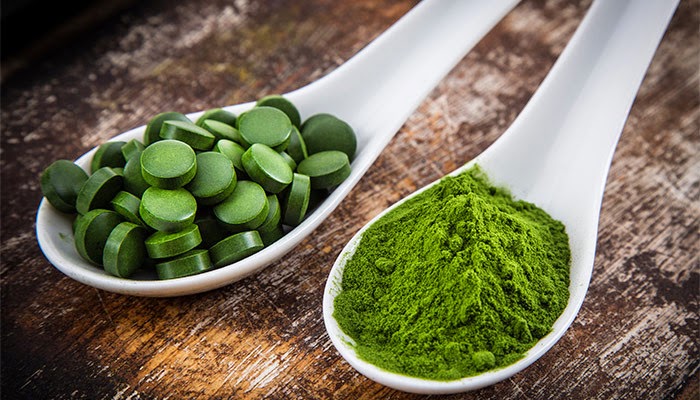 Eating these foods in summer is better for fire.
Eating these foods in summer is better for fire.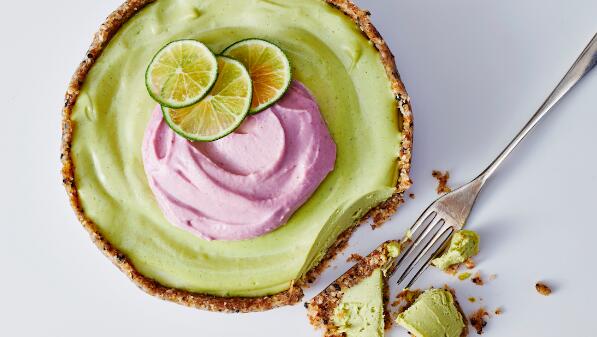 Eat these detoxification in the autumn through the diet
Eat these detoxification in the autumn through the diet
